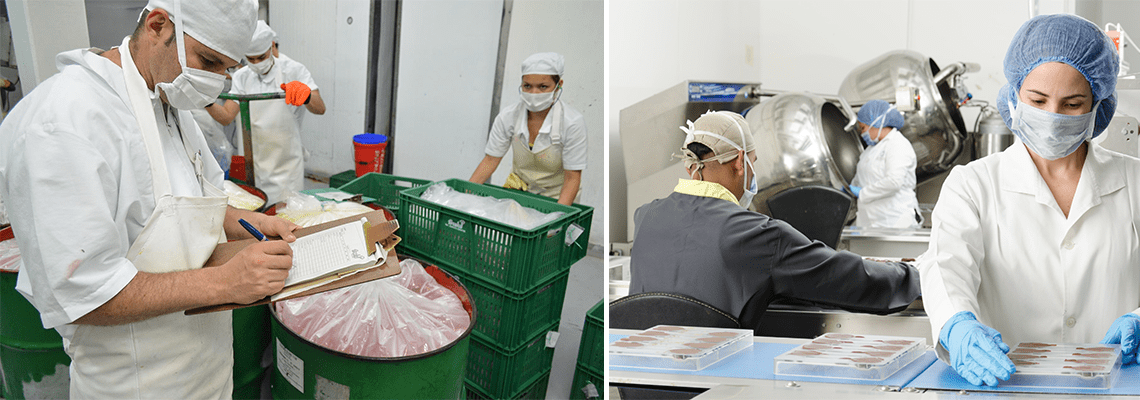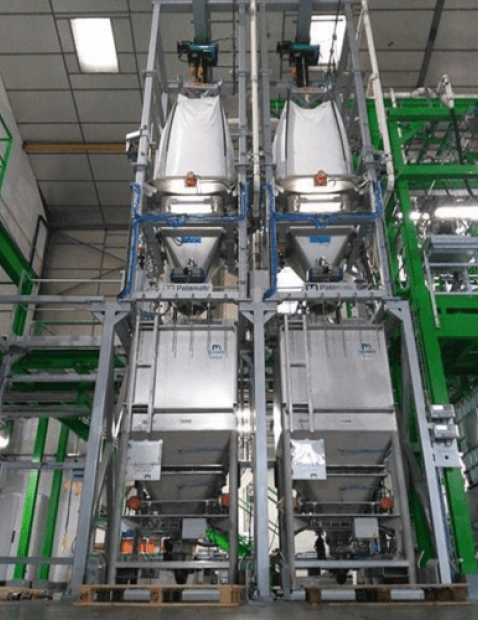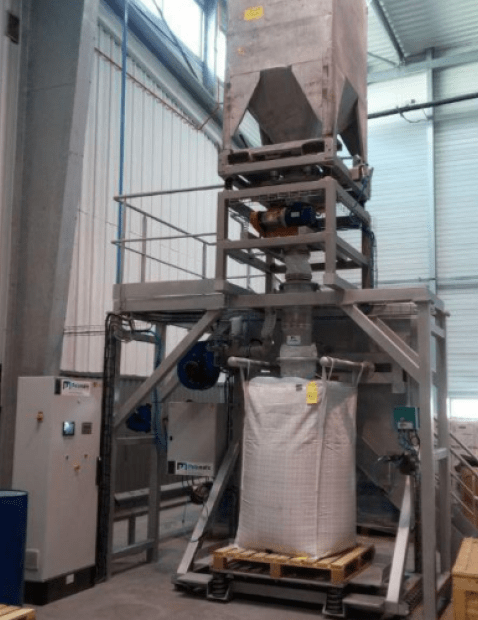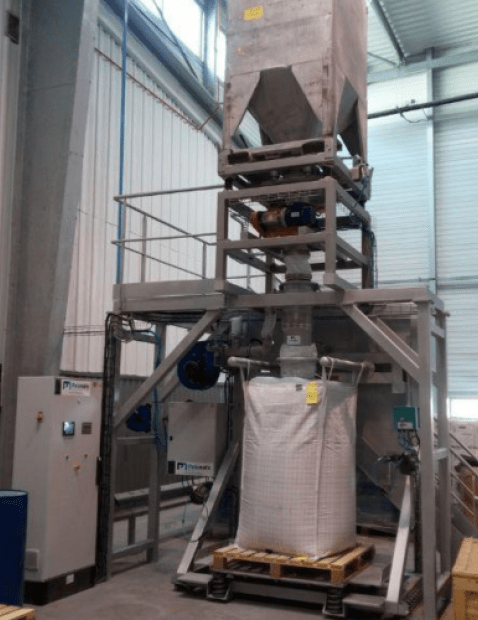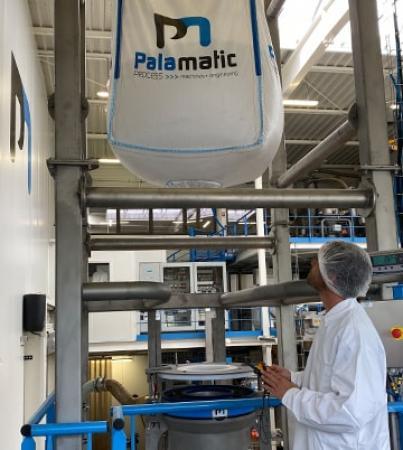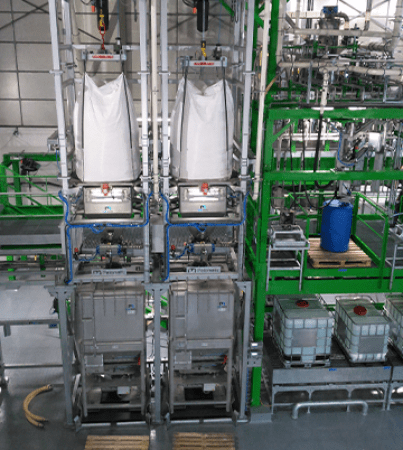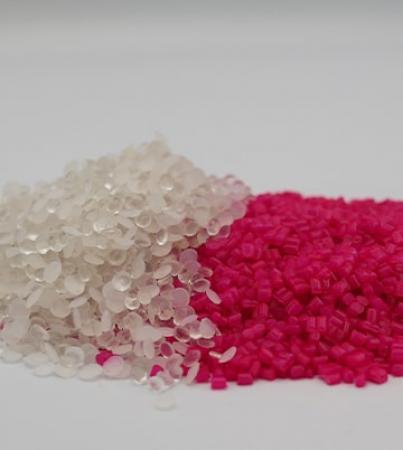The hygienic design of industrial equipment is crucial to ensuring food safety for consumers. This issue concerns all food manufacturers, both in Quebec and elsewhere in North America. It is therefore essential that the equipment used in production processes be designed to guarantee impeccable hygiene.
1. Food safety of industrial equipment
The sanitary design of food production equipment is relatively unregulated by specific regulations. In North America, organizations such as the FDA (Food and Drug Administration) in the United States and the CFIA (Canadian Food Inspection Agency) are responsible for monitoring production systems. However, they do not certify the equipment itself. It is the responsibility of manufacturers to ensure that their equipment meets health and safety requirements.
Compliance in the food industry is established by national, European, and international organizations. See our article on standards in the food industry.
The basic principles of food safety are the absence of retention areas, the nature of the materials used to manufacture this equipment (particularly for surfaces that come into contact with food) and the degree to which machines can be cleaned.

Do you handle food powders and would
like advice? I am available for discussion.
Loïc, powder expert
2. What is the role of 3-A SSI and NSF?
In North America, organizations such as 3-A SSI (Sanitary Standards Inc.) and NSF International play a central role in defining good hygienic design practices. These institutions publish standards and recommendations for equipment manufacturers and food processors to ensure food safety at all stages of the production process.
These standards address not only the choice of materials and equipment geometry, but also cleaning-in-place (CIP) methods, inspection, and maintenance. They aim to reduce the risk of cross-contamination, simplify cleaning operations, and ensure safe and efficient production cycles.
3. EasyClean equipment from Palamatic Process
At Palamatic Process, safety and hygiene are an integral part of our commitment to our North American customers. Our food powder handling equipment is designed to meet the most stringent hygienic design standards, including those established by 3-A SSI, NSF, and Health Canada.
Our EasyClean range is specially developed for the food industry. It includes equipment that is easy to dismantle, has no retention areas, is made from materials certified for food contact, and offers optimized cleanability. This allows our customers to integrate safe, efficient, and sustainable solutions into their production lines.
Our design office, based in North America, works closely with our customers to offer solutions tailored to their constraints and manufacturing processes.
As a player involved in the continuous improvement of hygienic design, Palamatic Process relies on industry best practices to ensure that its equipment complies with local regulatory requirements.














